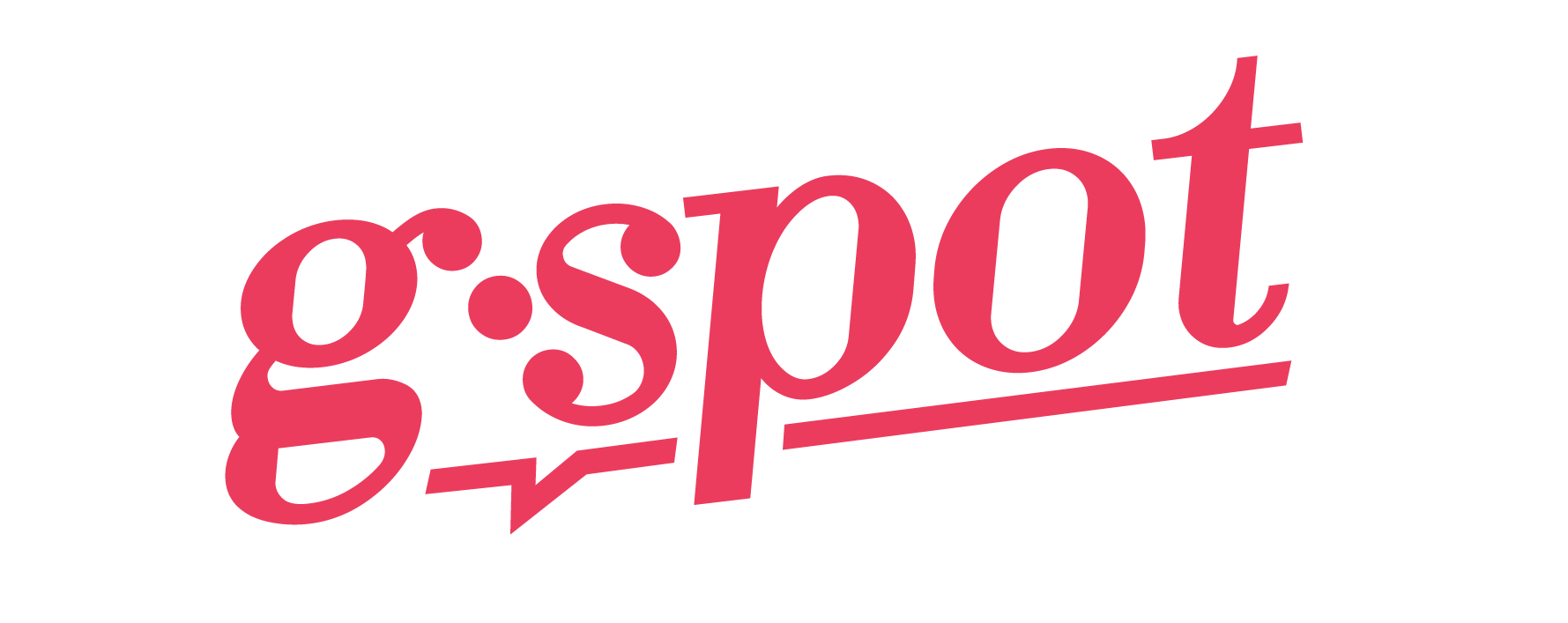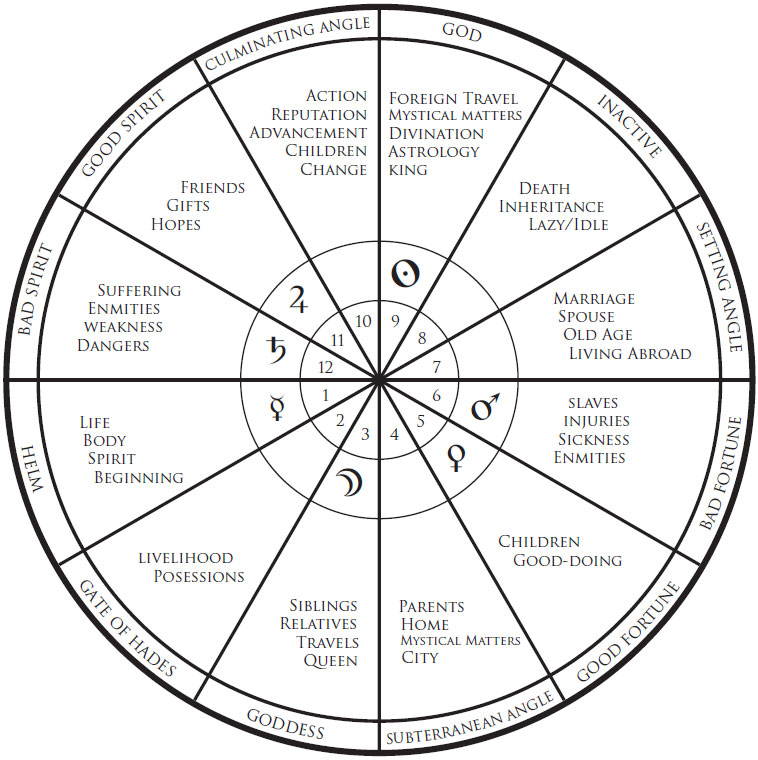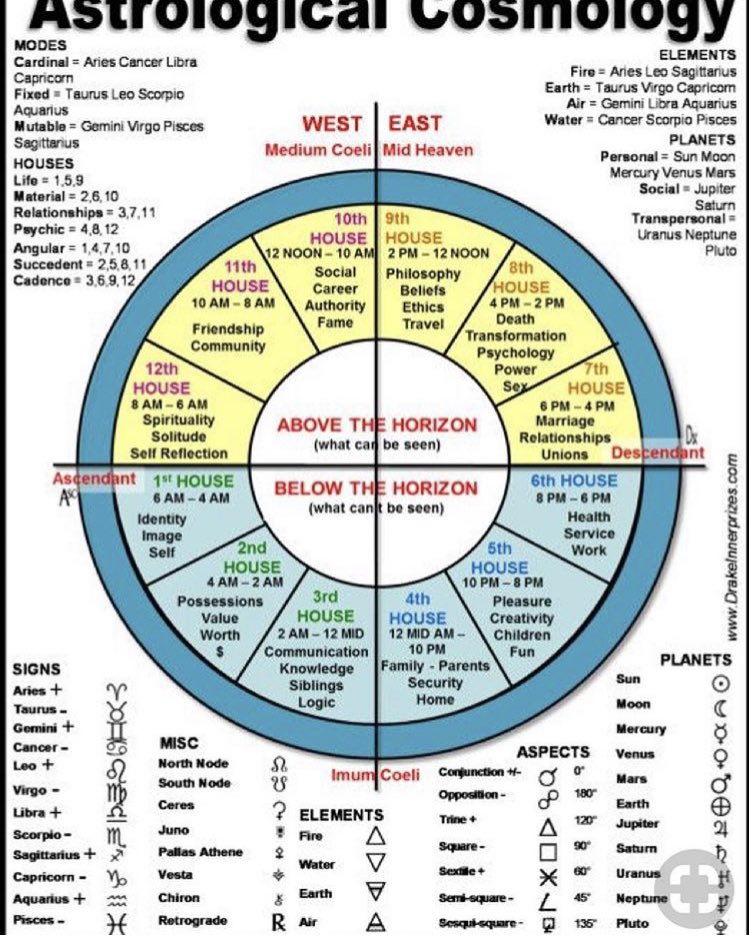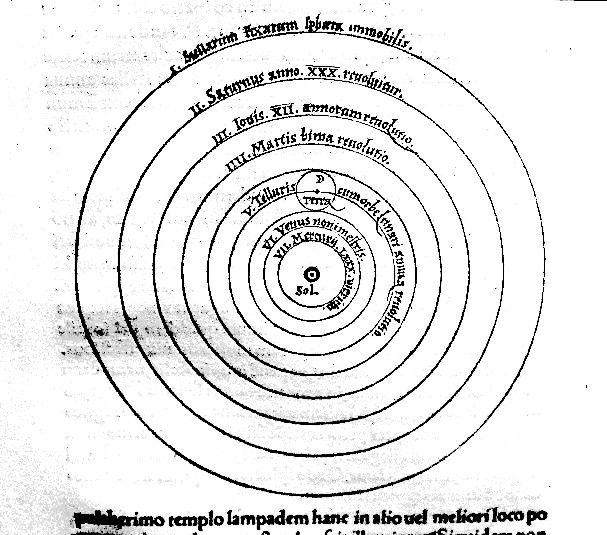I’m sure I wasn’t the only one who, at 11, would be woken up in the morning to prepare for school to take a shower, dress up, and then sleepily have breakfast with the morning news on and come across the horoscope segment. As kids, this could’ve been our first brush with the zodiac signs and horoscopes if not the entertainment section of a newspaper.
Pop Astrology has moved up since then, trending on social media now and then— introducing us to several concepts like, “the Big Three, Cusps, Natal Chart,” and the hit single, “You are Not Your Sun Sign (it’s not a song).” Thanks to the Internet, what used to be a thing that needs meticulous calculation by hand can be accessed through apps like CoStar (actually if you have this delete it lol), The Pattern, or Chani App.
Today though, we’re going to take a few steps away from Pop and Sign Astrology to start from the beginning.
So where did Astrology Come From? When did it begin?
When the astronomer and astrophysicist Carl Sagan said, “We are all made of star-stuff,” he echoed the sentiments of scholars and astrologers of antiquity. They believed that we were also made of the same core components Fire, Air, Water, and Earth, that planets consist of.

If looking at an immaculately dark, night sky brings you to tears, imagine what our ancestors must’ve felt living with the stars. For thousands of years, the heavens were a source of magic for them. They observed the sky for divinatory purposes and were the first to believe that the stars and the movement of the planets reflected the events and happenings on Earth, while we, Tiny Universes, were reflections of the heavens above.
Astrology is universal and its history extensive. Different nations have their own systems, so where and when it particularly began would be a challenge to guess. It’s safe to say that it’s as old as the first humans who decided to look up the sky. But Astrology (especially Western Astrology) as we know it can be traced back from as far as 2300 BCE to one of the cradles of civilization, Mesopotamia.
Some of the earliest unearthed writings suggest that Sumerians were the first to make systematic observations of patterns in the heavens that might correlate with patterns in human events. One of the most observed celestial events at the time was the Eclipses, which they used to predict times of prosperity or natural disasters. Patterns and omens in the sky allowed them to plan according to these predictions.
Eventually, these astronomical discoveries reached ancient Greece, where the system expanded and improved with the Greek’s invention of math and the addition of their timing techniques, coining the theory of the Four Elements. This iteration of the study spread throughout Alexandria, Egypt (we have not moved on from the burning of Alexandria), the Roman Empire, and became known as Hellenistic Astrology, the oldest relative of Western Astrology.
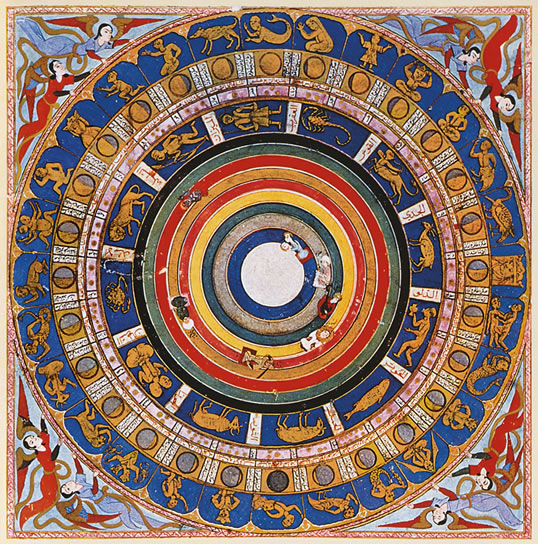
Traditional & Modern Astrology
When Astrology spread throughout Europe, several traditional concepts of Astrology came through including the Medieval, Renaissance, and Arabic systems. However, they all died out in the 1800s. Eventually, they were replaced by modern methods developed by a new batch of astrologers who disliked Traditional Astrology’s fatalistic, dated, and negative views of humanity. As an example, if you’ve seen a natal chart, the 6th House signifies slaves, and the 8th House signifies death and taxes.
Would you enjoy having a chart reading about your potential to become a temple robber, an owner of runaway slaves, or worse, to be sold as a slave? Yeah, traditional chart readings in the modern age probably didn’t feel as fun or relevant.
The first modern astrologers pretty much modified traditional techniques, scrapping the complicated calculations to focus on the base components of a chart which includes the planets, signs, the houses, and the aspects. They incorporated psychology and teachings of humanism which they believed would offer value and help to humanity.
It is during the rise of Modern Astrology that they included the outer planets, Uranus (too funny to read? You can also pronounce it as yoo-rah-nuhs, but both pronunciations are correct), Neptune, and Pluto, becoming modern rulers of Aquarius, Pisces, and Pluto respectively.

There’s been a revival of traditional and Hellenistic Astrology recently, to appease dissatisfied astrologers who think Modern Astrology lacks the subtleties and structure that made Traditional Astrology a more exact discipline. These days though, professional astrologers are enjoying the best of both practices, picking which techniques are helpful in their profession.
The Qualities of the Elements & the Planets
If you’ve been hanging out on Twitter or Tiktok and you hear people talk about “Problematic Gemini Placements,” or “Reasons Why Scorpios Are Sexy,” as fun as they sound, I’m sorry to say but they’re all clickbait.
Contrary to popular belief, being Gemini or Scorpio does not make someone flaky, or possessive and jealous. The Zodiac Signs are not even the most important elements in the chart — it’s the planets. Yes, there’s truth to “You’re Not Just Your Sun Sign,” because you’re all the other planets too.
When you look at your natal chart, you can have a better understanding of it once you observe where the other planets are, which ones are the loudest, the most entitled, or the weak ones. The first thing about planets is they rule the signs, not the other way, and being in certain signs will determine how the planet acts.
Do you remember in grade school when your Science teacher talked about the Heliocentric and Geocentric models of the universe? I’m not sure if they explained both models clearly, but was I the only one who thought Ptolemy’s Geocentric model was so conceited and dated to think the Earth was the center of the universe, and Copernicus was the hero for discovering a scientific truth?
Well, I’m taking it back, he probably wasn’t conceited at all, and in the first place, they lived in very different times. Ptolemy lived thousands of years before Copernicus!
In Astrology, the Geocentric model is used because we’re observing the stars and the planets from Earth. From our point of view, the planets, the Sun, and Moon are moving around the Earth, not around the Sun, giving us a terrestrial experience of celestial events. The planets are arranged with Saturn being the farthest and the Moon being the closest based on each planet’s speed, the way early astronomers observed them.
Before we talk about the planets, let’s talk about the Four Elements and their qualities. The elements and their characteristics will give you an idea of the signs’ traits, how the planets experience them… and why Pop Astrology likes to diss Daddy Saturn and Uncle Mars:
🜂 Fire
In the hierarchy of elements, Fire is the lightest and most expansive element — it is radiant and does not conform or shape itself to the external environment, but it is reactive. Try to contain it in a box or a vessel and it explodes! Also, wildfires, hello? It only takes one spark and a flammable object to cause a disaster.
The signs Aries, Leo, and Sagittarius which are ruled by Mars, the Sun, and Jupiter respectively share the qualities of Fire which are hot and dry.
🜁 Air
Next in the order of elements is Air, which is expansive and dynamic like Fire, but is more adaptable and changeable. Like my chemist friend said, every gas compound changes when on fire.
The signs Libra, Aquarius, and Gemini, ruled by Venus, Saturn, and Mercury share the detached and versatile qualities of Air which are hot and moist.
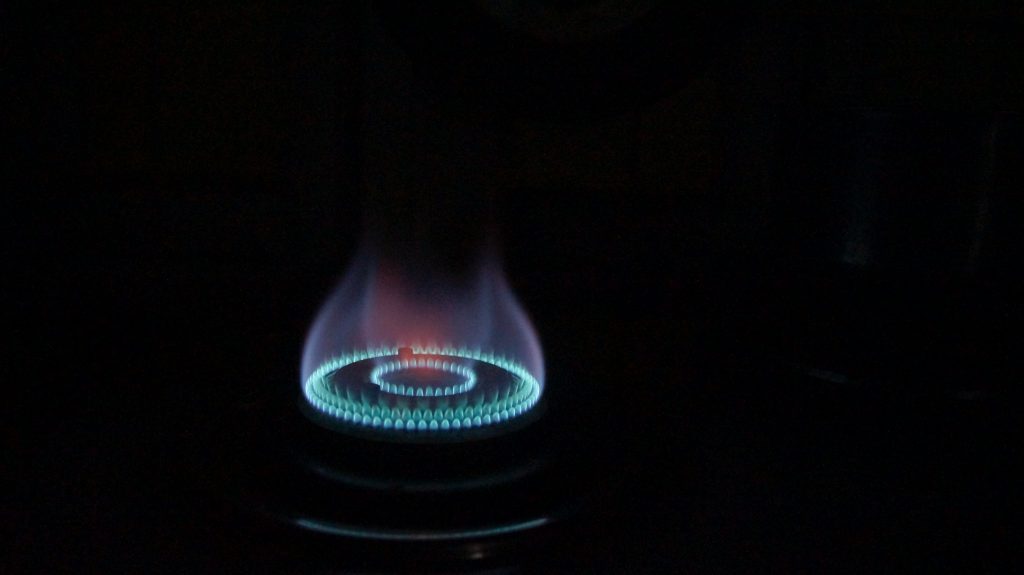
🜄 Water
Water, unlike the first two elements, is receptive and dense but is malleable and soft. If you’ve seen Avatar: The Last Airbender, remember when Katara manages to heal and fight their enemies with the same bottle of water? She turns water into whatever she needed it to be.
Cancer, Scorpio, and Pisces whose rulers are the Moon, Mars, and Jupiter have the receptive yet free-flowing traits of Water.
🜃 Earth
Earth as an element is cold and dense — receptive, just like Water, but it is also considered hard and non-malleable because it’s dry like the rocks and stones in the river or a body of water. They receive the water’s pressure without wavering, but end up eroded or chipped.
The three Earth signs are Capricorn, Taurus, and Virgo which are ruled by Saturn, Venus, and Mercury.

With these four elements, you can try and deduce a few of the known traits of the twelve zodiac signs. So Aries are the go-getters and aggressive types? Sure, because Fire signs are reactionary and expansive! Geminis are talkative and able to hold conversations about different topics? That’s because Air signs are dynamic and adapt well!
Of course, there’s more to the elements and their underlying qualities which adds nuance to the way they express themselves as the different signs, but it’s a surprise tool that will help us later. You can apply these traits to the planets that rule the signs.
♄ Saturn
Known as the tough-love-giving, big daddy of the heavens, Saturn in the sign of its rulership Capricorn experiences the feminine and receptive traits of the Earth, but also experiences the expansive and masculine through Aquarius.
♃ Jupiter
Jupiter, the giver of luck, the god of Fortune and Expansion experiences the fiery and spontaneous heat of Fire through Sagittarius which he rules, but also perceives the abundance and fluidity of Water through Pisces.
♂ Mars
Mars, the planet of action, is the god of war, expresses his combative self best in the Fire sign Aries — always reactive and hot while acting more as a tactician and assassin in Scorpio, where he experiences coldness and receptivity.
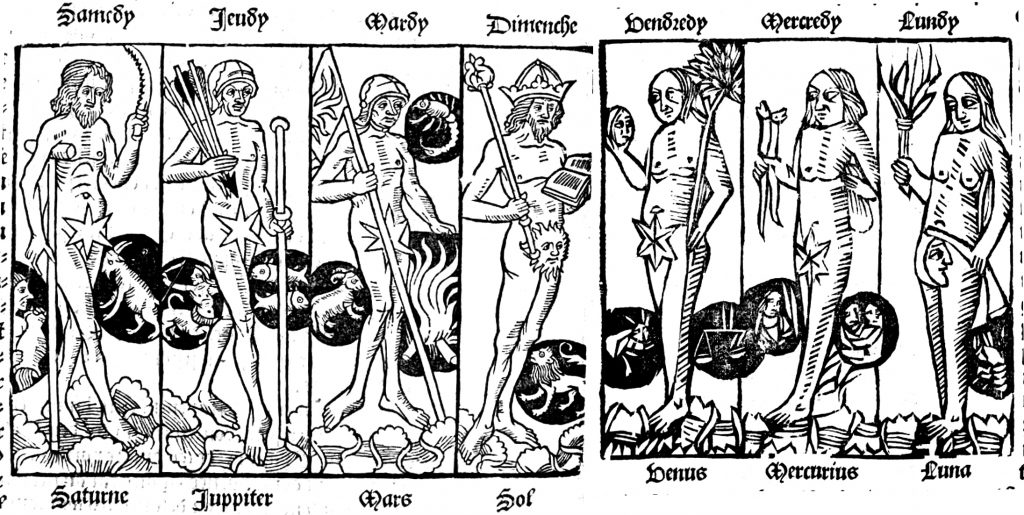
☉ Sun
One of the two luminaries, the Sun only has one sign of rulership which is Leo, and everyone on Earth knows how the Sun feels — hot! And it shines brightly and constantly. The brightest object in the sky represents the Ego.
♀ Venus
Venus, the planet of love, is sociable and experiences extending to the other through her Air sign rulership of Libra, while she becomes grounded, full, and focusing inward in the Earth sign Taurus.
☿ Mercury
Mercury, the planet of communication, is the swiftest of the planets and the most erratic of them all (so much that it goes retrograde about three or four times a year. So Mercury Retrogrades are not special!) experiences the versatile qualities of Air in Gemini, while it contracts and takes on the cold and dry traits in their Earth sign rulership of Virgo.
☽ Moon
The Moon is also a luminary like the Sun and is the closest heavenly body to Earth. She rules the watery sign of Cancer, which is often seen as the moodiest and most sensitive sign (I think it’s a silly stereotype) reflecting the Moon’s different lunar phases and its speed.

These are the classical planets that traditional astrologers use and can be seen by the naked eye. They’re arranged in this order according to their speed and visibility.
It took us thousands of words before getting to the fun bit, but the title of this post is “Let’s Get Away from Pop Astrology…” so I did!
I believe it’s essential to understand Astrology from its roots and a few of the basic theories behind it to build a sturdy foundation for learning this complex subject.
Whoever thought Astrology is all foo-foo fluffy Pinterest planet glyph aesthetics and mood boards probably forgot that the basis of Astronomy is Astrology, and I think it’s important for us to remember that.
Birth Chart Essentials
Have you ever gone on a date and got asked about your birth details? Are you guilty of doing the same? If yes, then you probably have an idea what the Natal Chart is, or know your Big Three.
These days, when people stalk their crushes, they look for these details to see if they’re compatible. It’s a little bit cringy, but the surfacing of many astrology apps and birth chart calculators on the internet has made it convenient to access information your crush probably has no idea about.
For those who know nothing about the Natal Chart or Birth Chart, it is basically a screenshot of the sky when you were born. It shows where the planets were during the exact time you breathed for the first time.
Personally, I always imagined it as God throwing dice on a board game, and then you’re handed the numbers and stats according to the throw. It looks intimidating and confusing for a beginner, but an astrologer can always help you navigate the chart and interpret it for you. A chart reading can reveal your tendencies, strengths, weaknesses, and things you might need to work on in life.
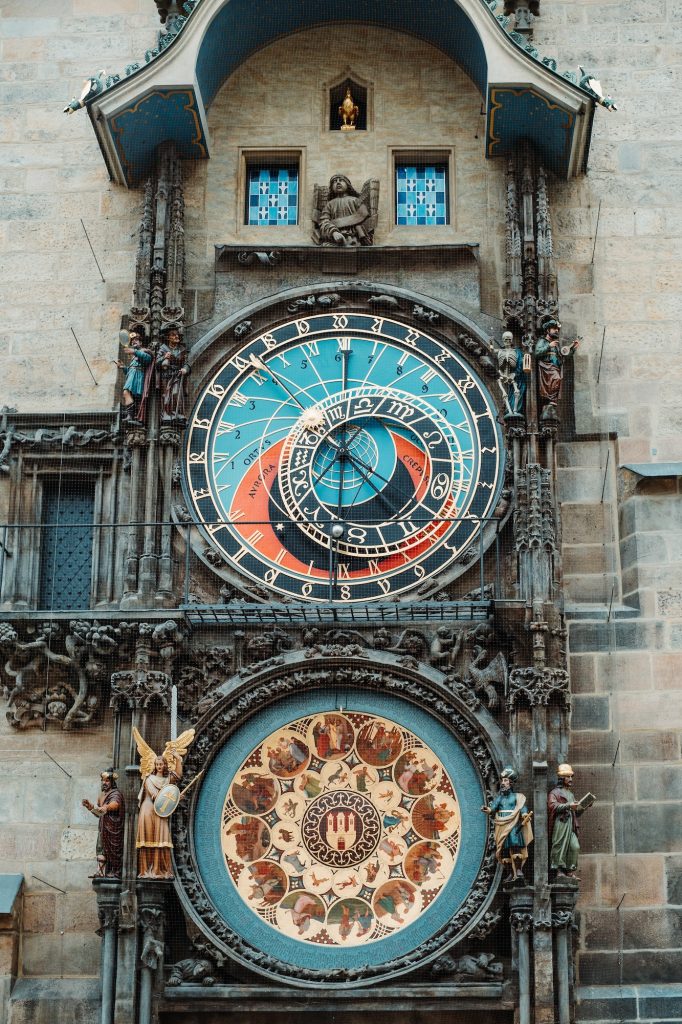
To calculate your Natal Chart, you’ll need your date, time, and place of birth. You can ask your mom what time you were born, but if you’re like me who’s mom forgot when it was, you can also find this in your birth certificate. If these options are not available, you can always try a guesstimate.
Fun Trivia: There’s actually a method called Rectification which calculates your time of birth using significant life events that you remember in detail, including the date and time.
I recommend this chart calculator from Chani Nicolas’ website because they have the most comprehensive, streamlined, and prettiest chart so far. I also suggest that instead of looking at a table, check out the wheel version of your Birth Chart, because it gives you an idea of how the planets are interacting in it. For picking a House System, choose Whole Sign.
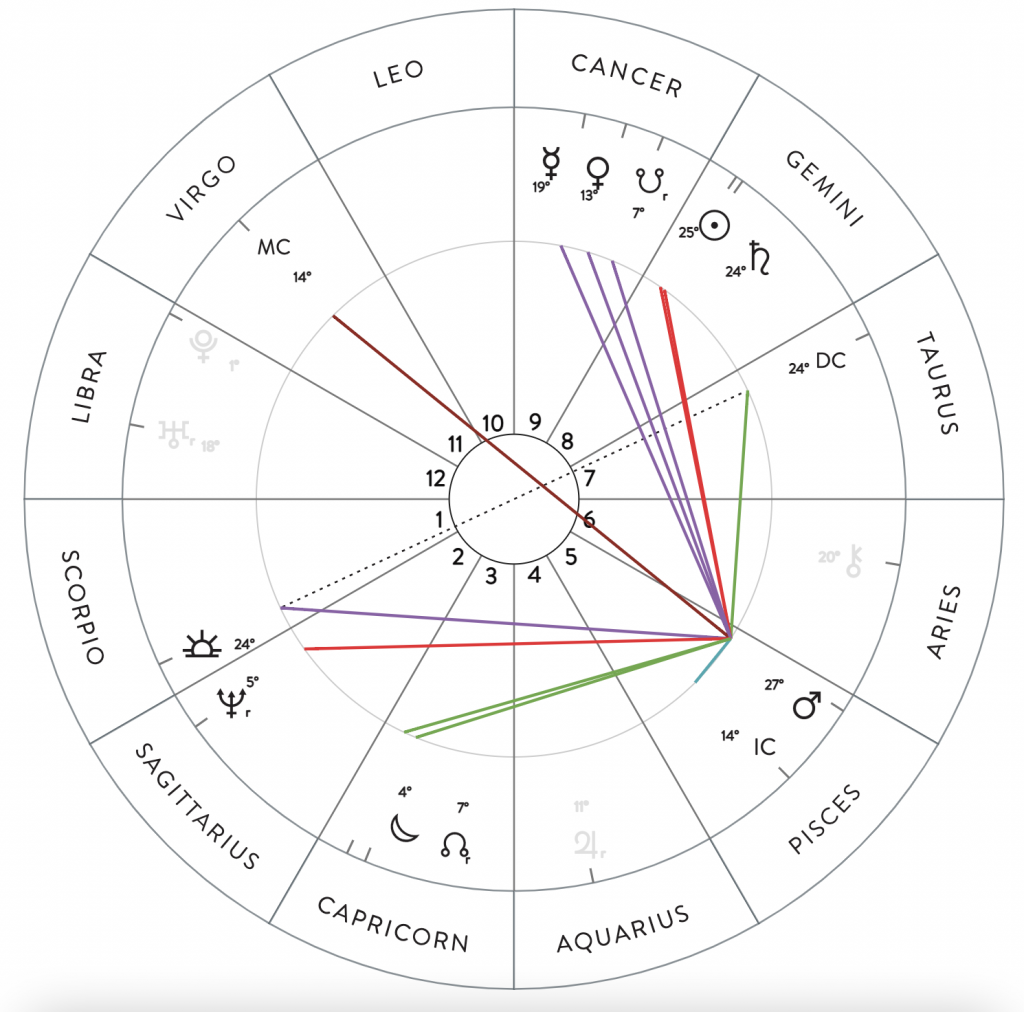
An astrologer would have studied for years to know what to look for and how to interpret your chart. As great as it is to hire one, they can be a bit expensive. As a beginner though, there are a few elements you can look for in your chart and perhaps google on your own.
On social media, they always talk about the Big Three which are the Ascendant, the Moon Sign, and your Sun Sign, but I believe that to understand yourself through the scope of a Natal Chart, the most basic component you need to figure out is your Ascendant Sign, followed by your Chart Ruler. Just observing that planet, understanding its conditions, where it is in the chart can give you plenty of information about yourself and what you’re working with.
Ascendant/Rising Sign
Once you have your natal chart on hand, notice that the wheel is divided into twelve houses. The First House or Ascendant represents you, as in YOU as a person; your constitution, temperament, and how you’re going to tread through life.
You know how when you’re reading Zodiac horoscopes it sometimes doesn’t feel right? It’s because the sign where your natal Sun is located only describes what your Sun will be doing — but doing what? Doing where? With the First House, you get a reference point for knowing where the active transits will be in your chart.
Chart Ruler
We’re done talking about the Rising Sign, and you finally know what sign it is, so let’s move on to your Chart Ruler. Remember the planets and the signs that they rule? Now you’ll have to scroll up or recall those and apply that to your chart.
Every house and sign has a ruling planet, but the planet that rules your ascendant represents you as the moving, living body in the world. The sign and house position of your chart ruler indicates your tendencies and inclinations, and which part of your life will experience its full expression.
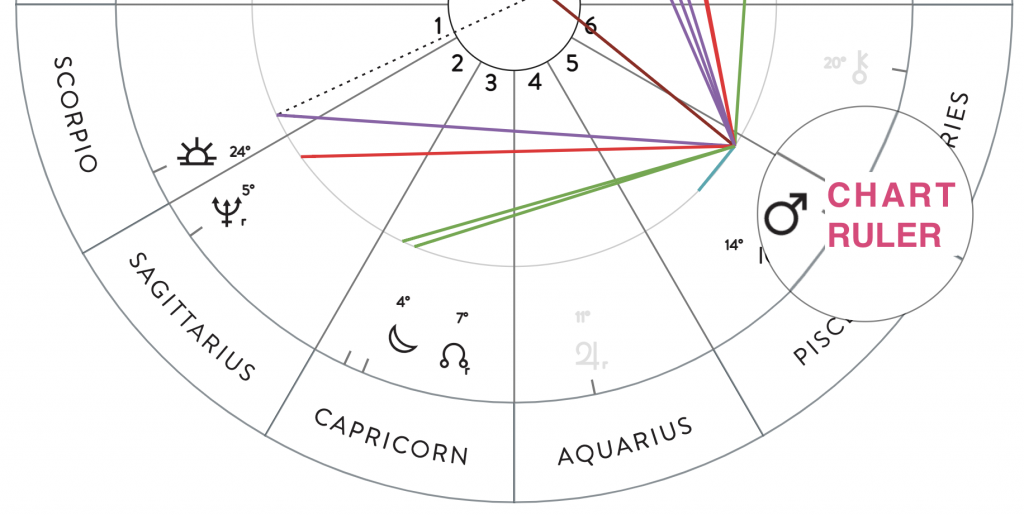
Obviously, this isn’t a complete list of things to take note of in a chart. We could go on about how to read it for as long as needed and it would take another five pages, and another, I might as well write a book about it!
Pop Astrology has made Astrology fun, relatable, and meme-able, but to get there, we have to remember that it is a complex discipline that takes years of study and practice. If this is something you’ve always wanted to understand better, I hope this piece answered some of your questions… or brought out more 😉✨
REFERENCES
- A Tiny Universe by Joy Usher
- On the Heavenly Spheres by Helena Avelar & Ruis Ribeiro
- The History of Astrology: Another View by Robert Hand
Medieval Images by @MuseumAstro
